This post may contains affiliate links. Read our full disclosure here.
Last week I emptied my entire living room, dragged all the furniture to different spots, put half of it back, and then stood on my couch to take the perfect “casual” photo of my new arrangement. Why? Because in 2025, becoming an interior designer doesn’t start with a fancy degree—it starts right where you are, with what you have. That Pinterest board you’ve been adding to at 2 AM? That’s not just aspiration, that’s research.
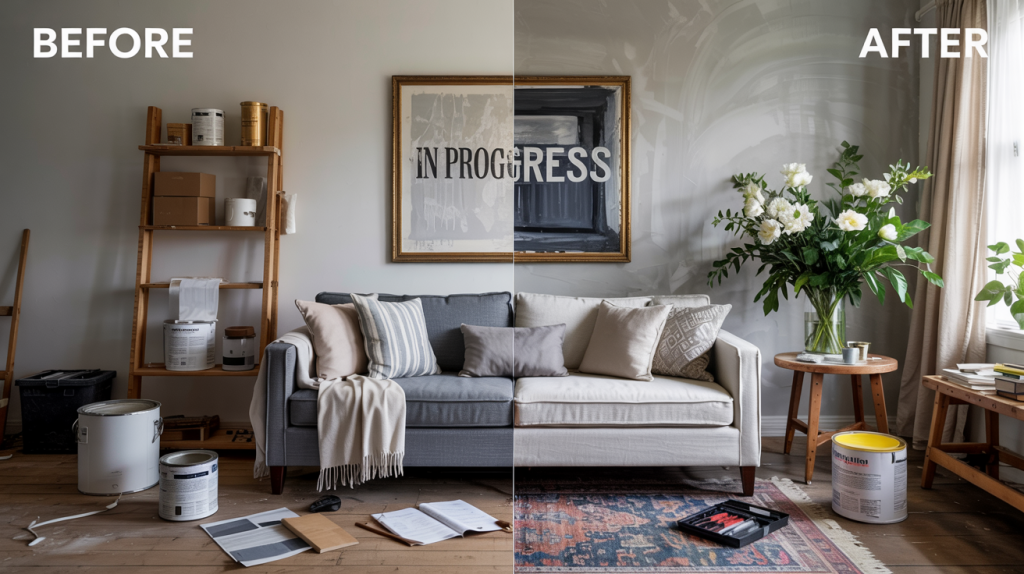
Trust me, I’ve been transforming my home into a rotating gallery of styles for years now, much to my boyfriend’s mild concern. What I’ve learned is that the path to becoming an interior designer has transformed dramatically. The industry now values real-world creativity and practical experience over traditional credentials. Ready to turn that design obsession into a career? Let’s break down exactly how to make it happen.
Your Home: The Ultimate Design Laboratory
Think about it—you already have a full-scale 3D model to experiment with! Your home isn’t just where you live; it’s your portfolio in progress. Julie Hillman’s stunning East Hampton house featured in Elle Decor shows how personal spaces can showcase your authentic design voice better than any classroom project.
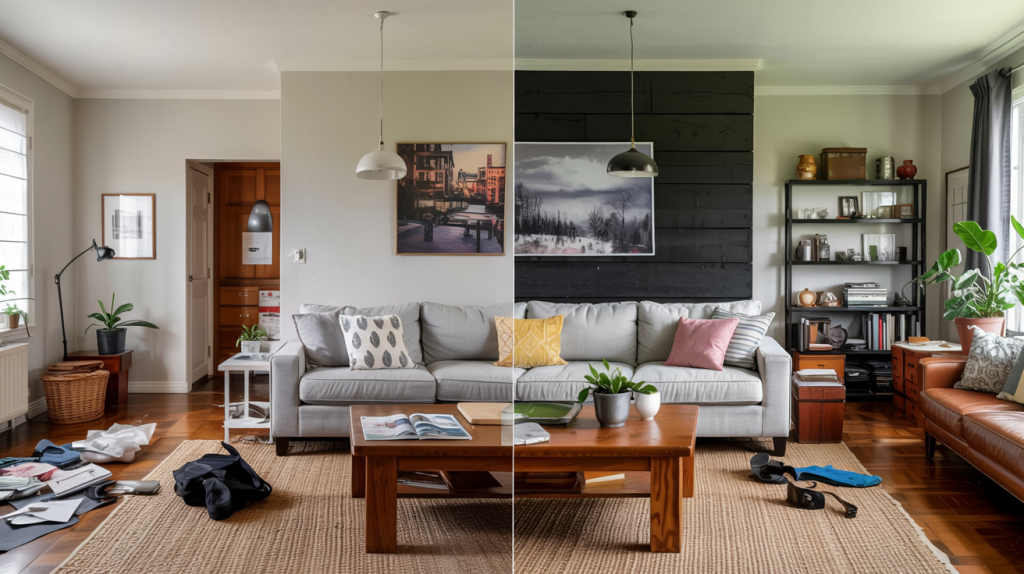
I’ve made it a habit to tackle one room per month. Last January, I completely transformed my living room from coastal boho to Japandi-inspired simplicity. Did I nail it immediately? Absolutely not. My first attempt looked like a minimalist store had exploded. But that’s exactly the point—you learn what works through experimentation!
For 2025, try working with intentional maximalism, which is making a huge comeback. This isn’t your grandmother’s cluttered space—it’s thoughtfully layered. Yesterday, I paired my grandmother’s antique brass lamp with a sleek West Elm sofa and the contrast created exactly the conversation piece I wanted. These real experiments teach you more than any textbook could.
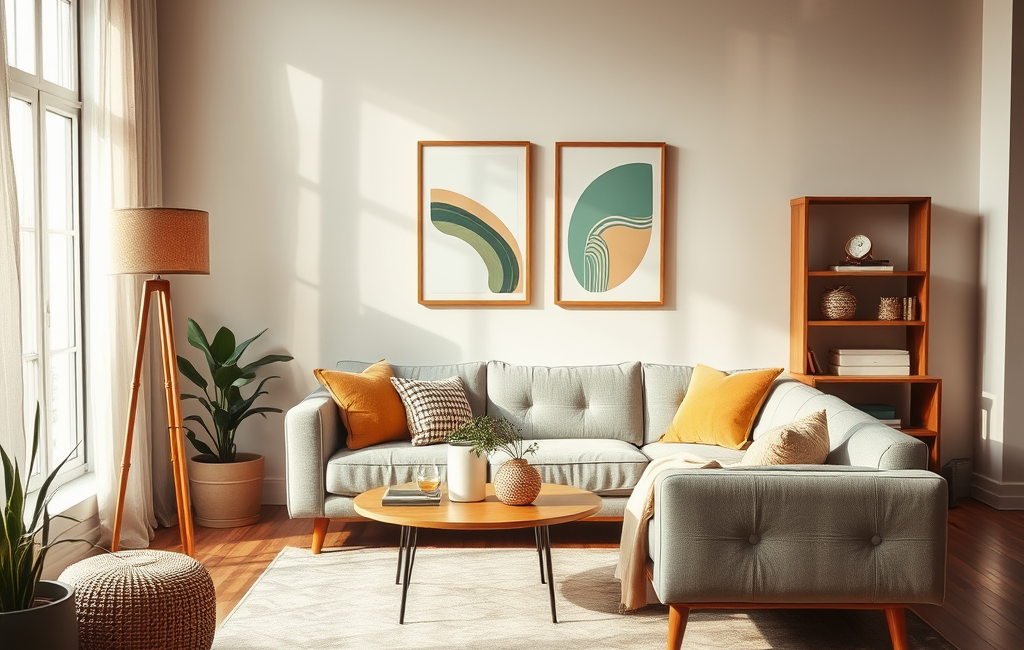
Skip the Degree Drama: Alternative Education Paths
Here’s a secret that established designers don’t advertise: in 2025, clients care more about your actual design skills than your credentials. When my neighbor hired me to redesign her home office, she never once asked about my education—she just loved what I’d done with my own productive home office.
Instead of spending thousands on formal education, try these alternatives that have seriously worked for me:
- YouTube channels like Studio McGee offer practical design tutorials that taught me more about space planning than my brief community college stint
- Skillshare’s interior design courses starting at $15/month provide structured learning without the massive student loans
- Free webinars from furniture retailers like West Elm and Crate & Barrel often feature working designers sharing insider tips
The best education hack I’ve found? Volunteering to redesign spaces for friends. When I helped my best friend transform her cramped studio into a multi-functional space, I learned practical budget constraints and client communication—plus got amazing before/after shots that eventually landed me my first paying client!
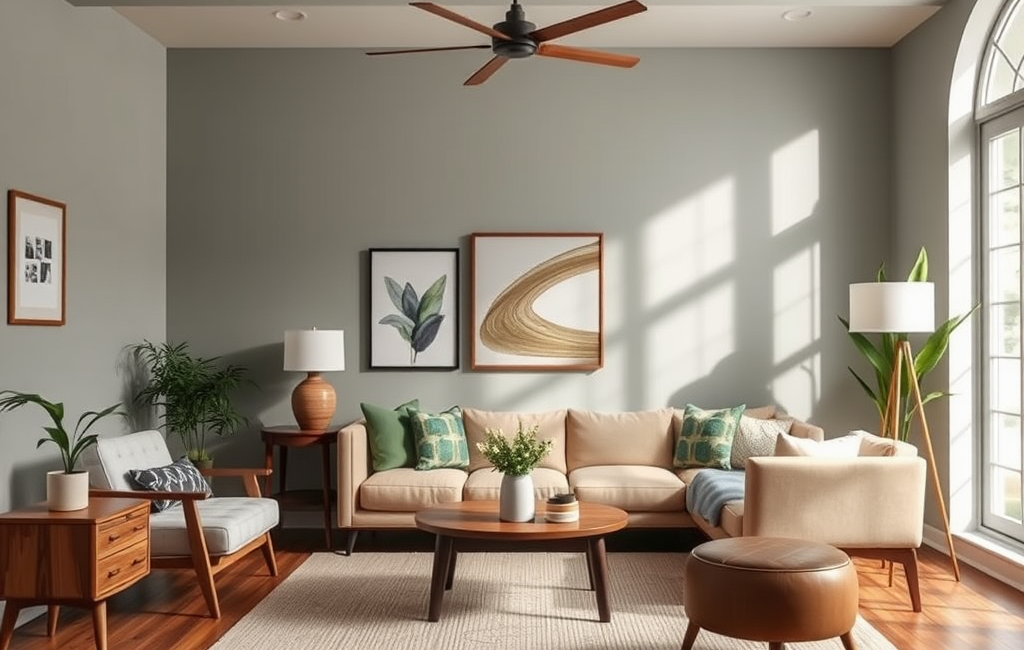
Social Media: Your Design Career Accelerator
If you’re not showing off your work online in 2025, do you even exist as a designer? Social media has completely transformed how new designers break into the industry. According to last year’s Houzz report, a whopping 68% of designers found clients through Instagram. That’s not just impressive—it’s a complete roadmap!
My own design journey accelerated when I started posting my weekend projects. That guest bathroom makeover I did using only thrifted accessories? It got shared by a popular design account and suddenly my DMs were filled with people asking for consultations. The magic isn’t just in posting pretty pictures—it’s showing your process.
Some platform-specific strategies that have worked for me:
- Instagram: Post before/afters, detail shots, and material samples. Stories are perfect for showing the messy middle part of projects.
- TikTok: Quick transitions and 60-second styling tips perform incredibly well. My video on “5 ways to style a coffee table” hit 50K views and brought in three clients!
- Pinterest: Create boards that showcase your aesthetic while also serving as inspiration for potential clients
The hashtags that have brought me the most engagement are #DIYDecor, #SmallSpaceSolutions, and #ThriftedHome. These communities are active and always looking for fresh ideas, especially for seasonal home decor updates.
Sustainable Design Is No Longer Optional
Let’s be real—nobody wants to hire a designer in 2025 who doesn’t understand sustainable practices. It’s not a trend; it’s the new standard. When I mention my eco-conscious approach to potential clients, I watch their posture change from interested to invested.
Start building your sustainability knowledge now:
- Learn which materials have the lowest environmental impact (bamboo flooring, recycled glass, low-VOC paints)
- Master the art of thrifting and upcycling—I’ve furnished entire rooms using Facebook Marketplace and local estate sales
- Research local artisans and suppliers to minimize transportation emissions
One of my favorite projects involved transforming a client’s inherited dining set that she almost trashed. With some sanding, non-toxic paint, and new upholstery from a sustainable fabric company, we created her favorite piece in the house while keeping furniture out of a landfill. These stories resonate with clients who want beautiful and responsible spaces.
Incorporating minimalist organization techniques into sustainable designs creates spaces that are not only environmentally friendly but also mentally refreshing for clients.

Confidence First, Perfection Never
The biggest difference between aspiring designers and working designers? It’s not talent—it’s confidence. The day I started charging for my design advice was terrifying. My hands were literally shaking when I sent my first quote. But here’s what I’ve learned: clients are paying for your vision, not perfection.
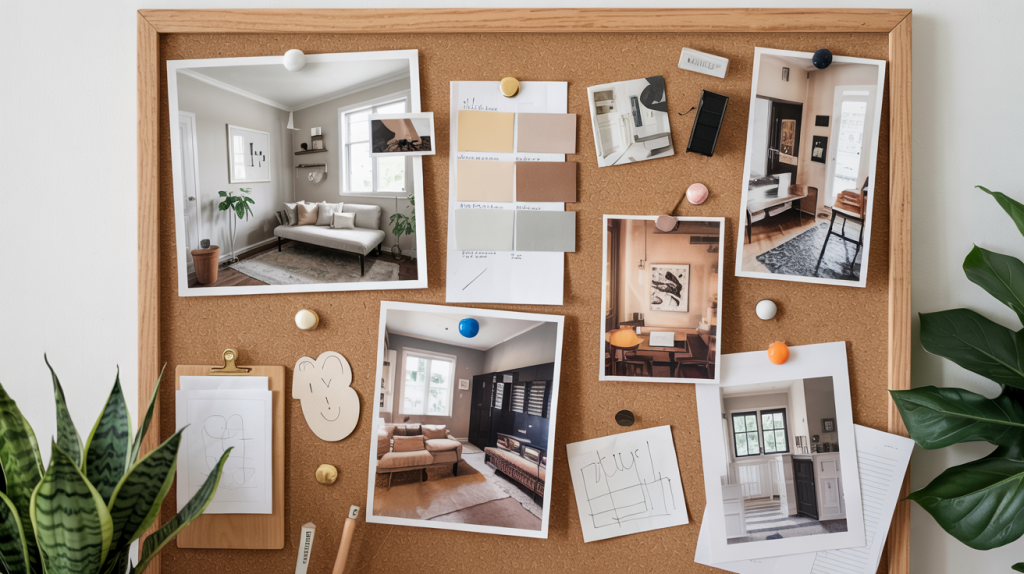
Start small but start now. I began with a consultation fee of $75 for a two-hour session where I’d provide layout suggestions and color recommendations. Was that low? Yes. Did it give me practice working with real clients and real constraints? Absolutely.
A script that worked wonders for me: “I’m building my portfolio and offering special rates for my first few clients. I’d love to include your space in my professional collection—would you be interested in a design consultation at my introductory rate?”
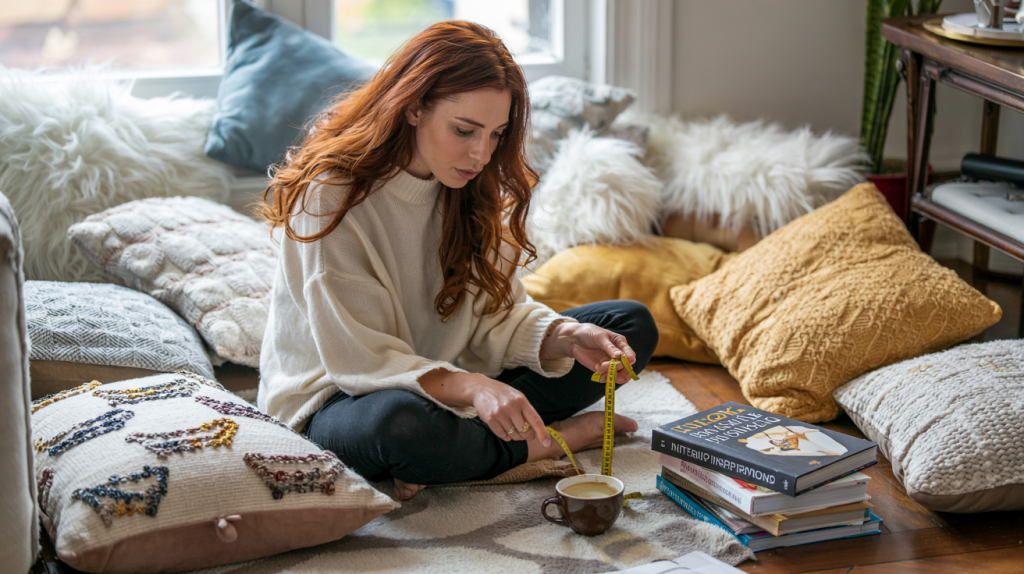
And those mistakes you’ll inevitably make? They’re your best teachers. The time I specified a rug that was way too small for a client’s living room taught me more about proper scaling than any design book. These learning moments shape your professional intuition faster than anything else.
Looking for bigger projects to test your skills? Consider helping friends who are building seasonal spaces like summer houses, where you can practice designing with specific environments in mind.
Your journey to becoming an interior designer starts with the space right in front of you. My own path began with endless rearranging, experimental paint colors, and the courage to call myself a designer before anyone else did. The industry has changed—it’s more accessible, more creative, and more ready for fresh perspectives than ever before.
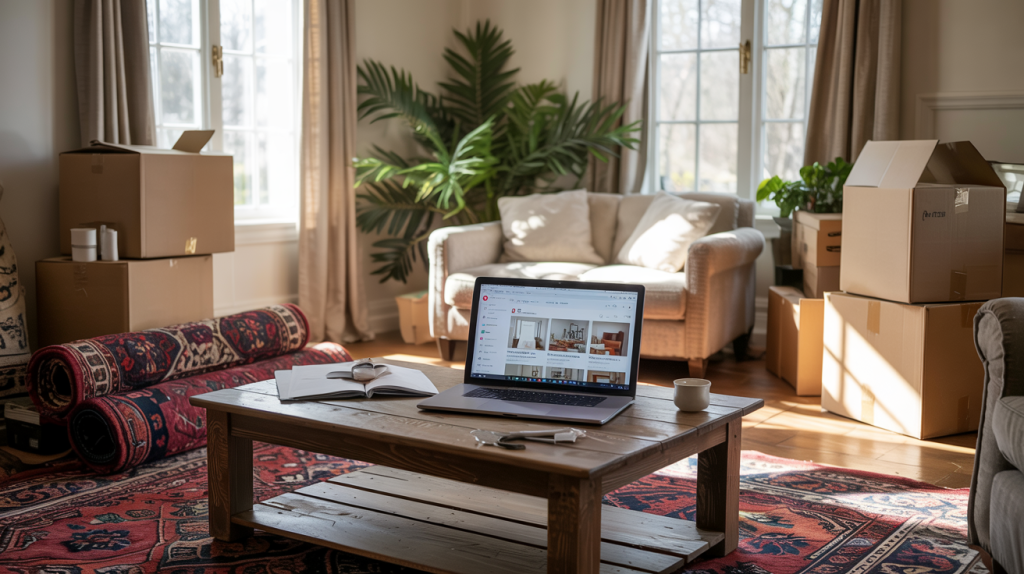
So tonight, look around your home with new eyes. That gallery wall you created? That’s not just decor—it’s the first page of your portfolio. That color palette you instinctively pulled together? That’s your design signature emerging. Your path to becoming a designer isn’t waiting for permission or credentials—it’s already happening. The only question is: which room are you going to transform first?




